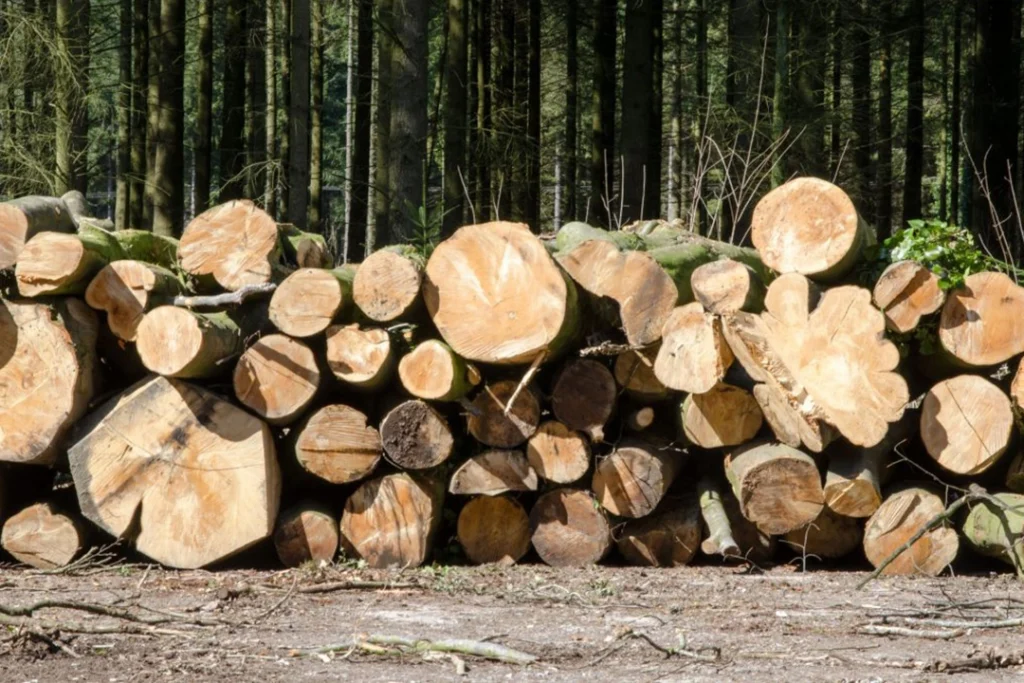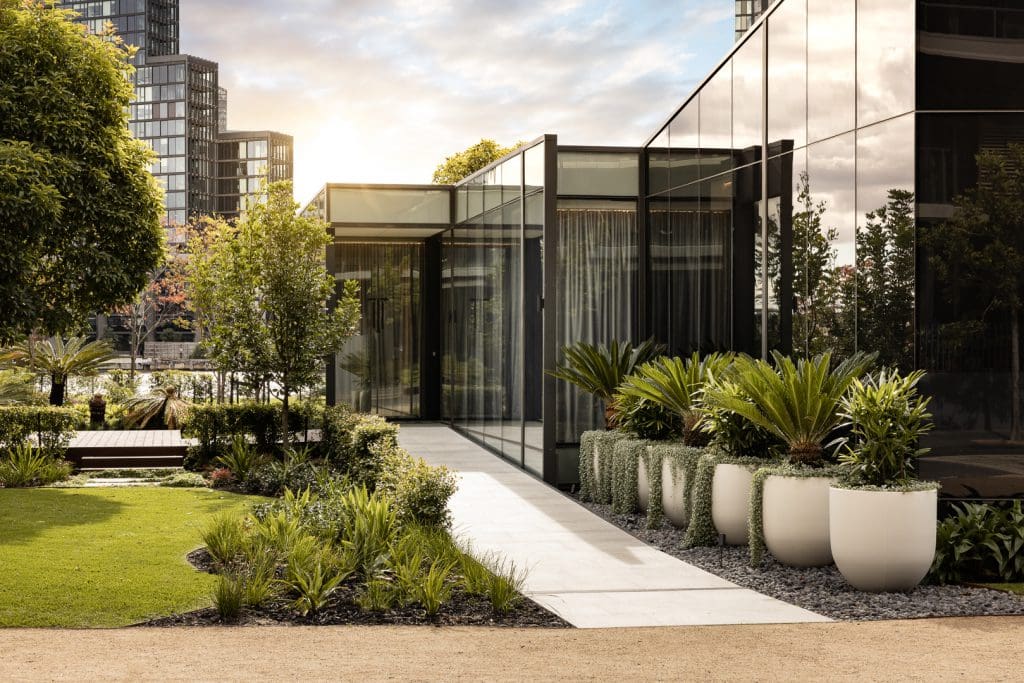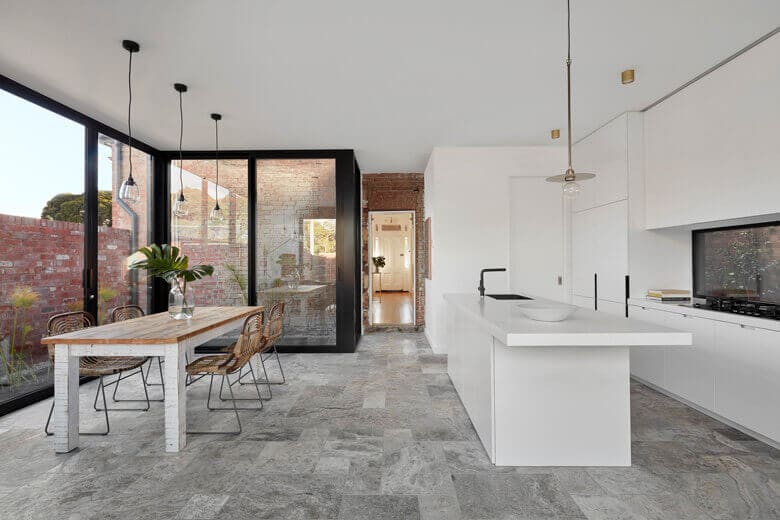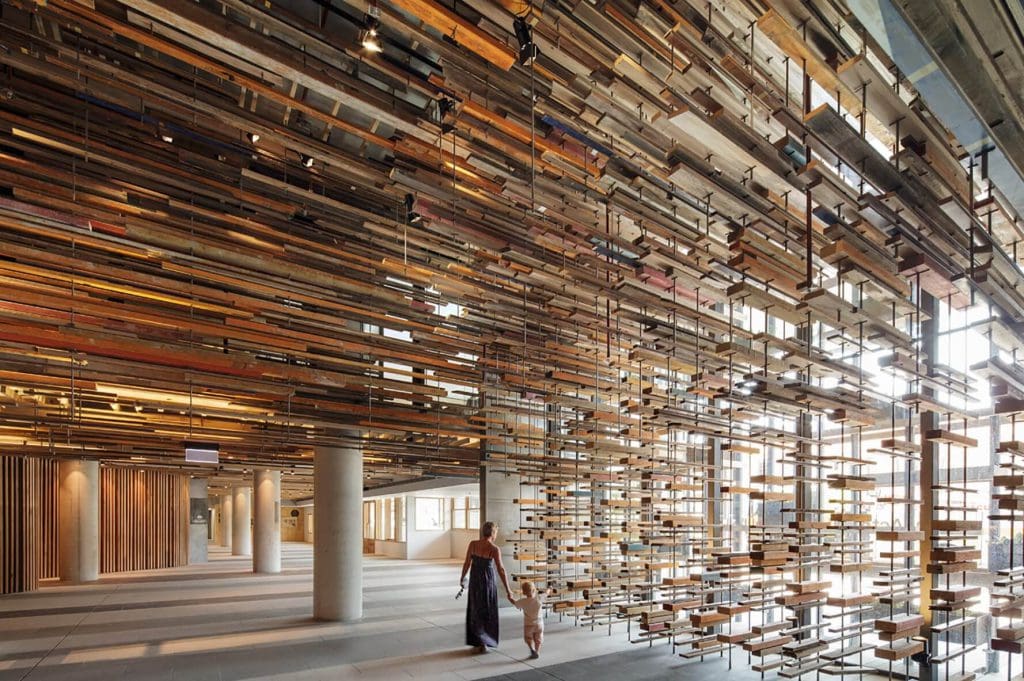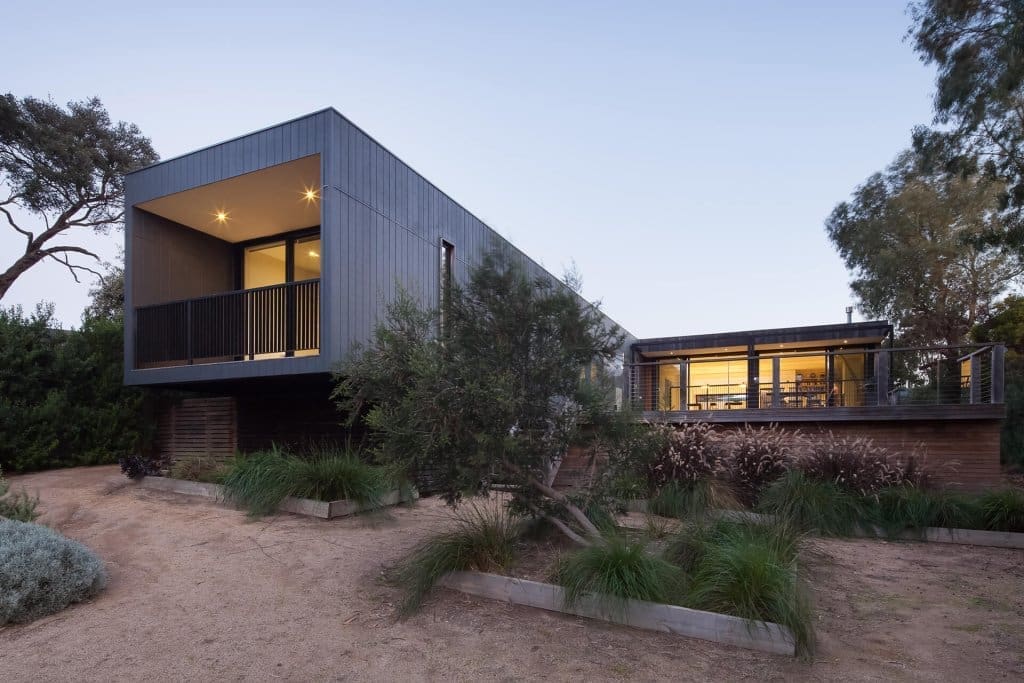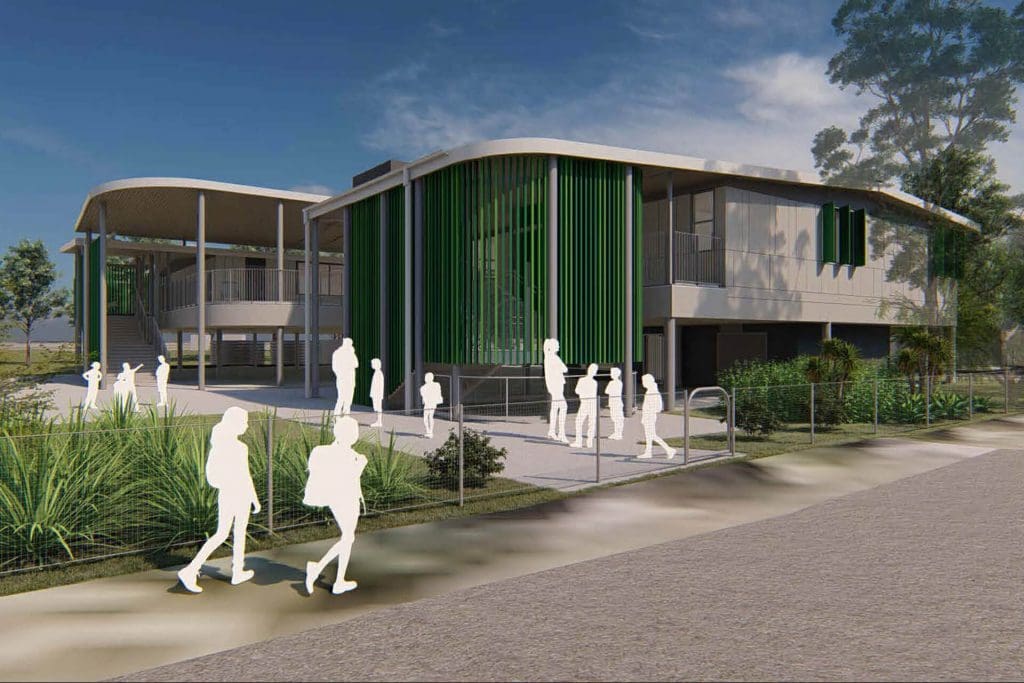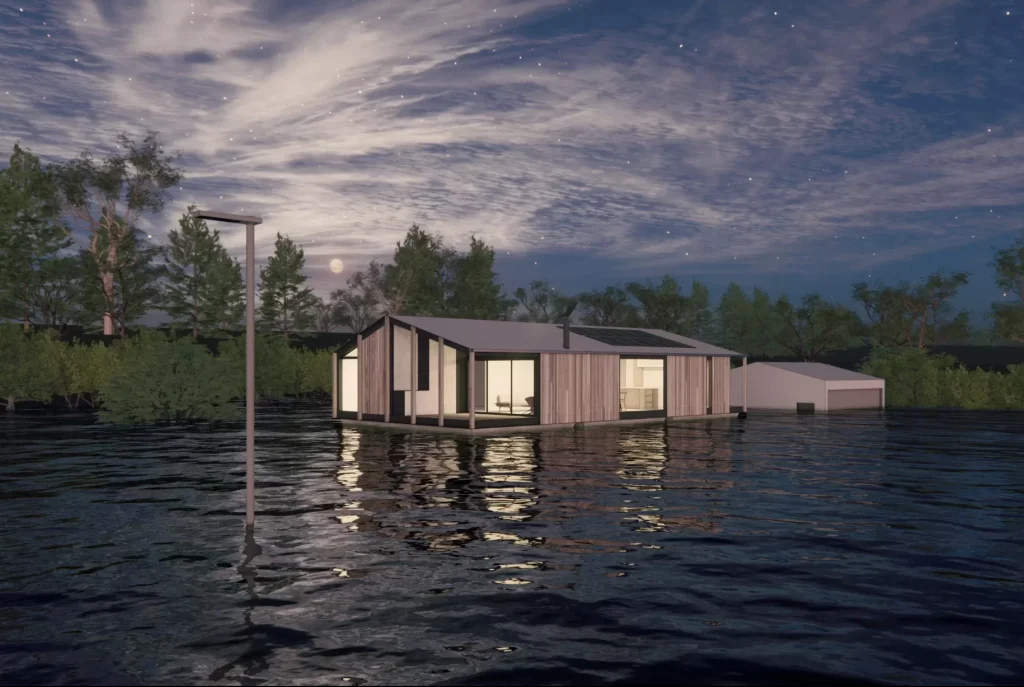Sustainable Mass Timber Is A Pathway To A Greener Future For Construction
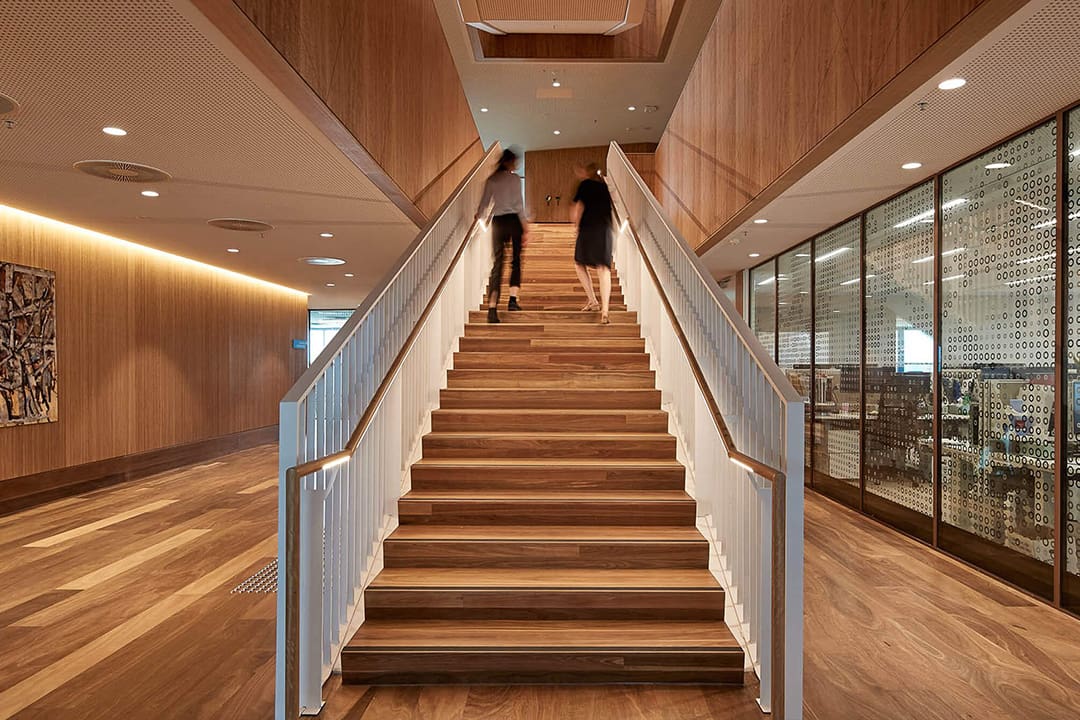
Timber is one of the oldest construction materials in existence, but the way it’s used is continually evolving. Cross-laminated timber, an engineered mass timber material, represents one of the most significant structural innovations since the invention of reinforced concrete more than 150 years ago. In fact, ‘CLT’ is replacing concrete and steel in many building projects as the industry moves towards a greener future.
CLT is already widely adopted in countries like Germany and Austria, however, global interest in the material is growing rapidly amid concerns over the greenhouse-gas emissions associated with more traditional building materials. According to a recent United Nations report, the production of construction materials such as steel, cement, and glass accounts for 10% of global energy-related CO2 emissions.
Why it’s greener
In its traditional form, timber is already quite sustainable due to its renewability and low embodied energy. However, CLT takes things a step further with an engineered composition. Trees that are planted for cross-laminated timber and other engineered wood products capture and store carbon as they grow. Additionally, long-lived wood products lock in carbon, and can be used instead of high-impact materials like concrete in many types of construction.
Almost no waste is produced in the manufacture of CLT, while the material itself boasts a much lighter carbon footprint and embodied energy score than commonly used materials. In the case of Modscape’s modules, the use of CLT creates a building envelope that has a continuous thermal break between the floor and the structural frame, adding to the sustainability benefits.
We’ve comprehensively outlined the benefits of CLT here.
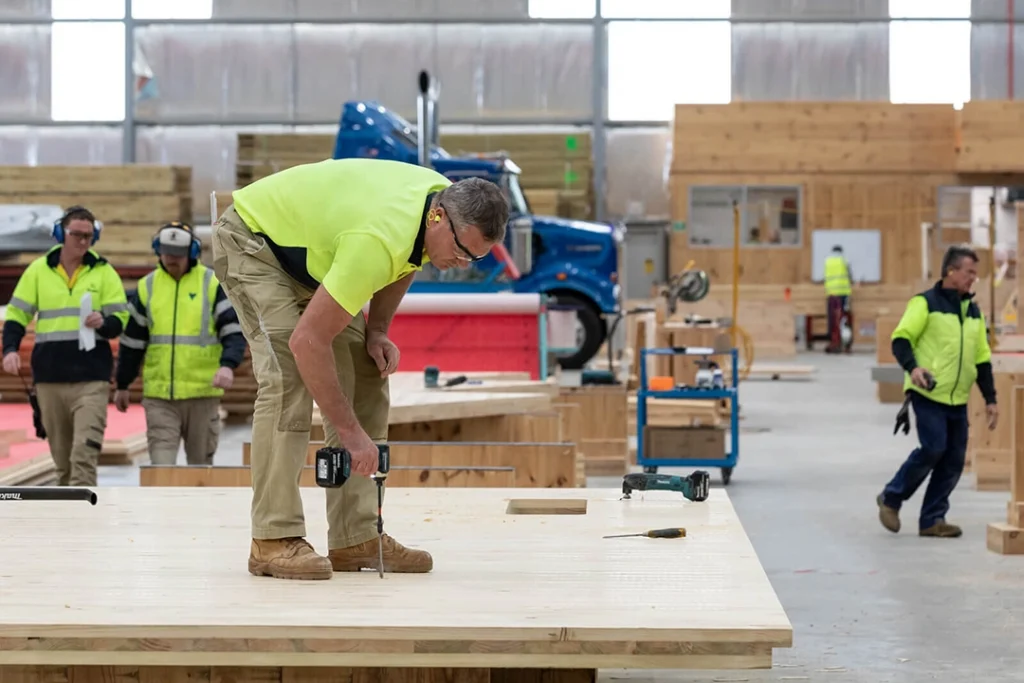
Can it compete with concrete?
Widely celebrated for its sustainability, efficiency, strength, and thermal insulation, CLT is an engineered wood product that is comprised of layers of timber glued together with the grain running in opposite 90⁰ angles. With the industry shifting away from concrete-based construction, CLT takes the structural and environmental qualities of wood and amplifies them.
Engineered timber is already replacing concrete and steel in many of the taller buildings all over the world. Contrary to popular belief, CLT has inherent fire-resistant properties, meaning it can be used on a commercial scale, as well as for residential projects.
‘The beauty of this new product type – mass timber – is that it’s competing in a market space with materials that timber couldn’t compete with in prior building generations,’ says Lisa Podesto, Senior Business Development Manager at Lendlease. ‘It’s opening opportunities to offset carbon in a different landscape’.
Concrete is still being widely used in foundations, but the lighter nature of timber buildings means that foundations can be smaller. Additionally, mass-timber products are modular and produced in a factory, resulting in faster construction, fewer trucks delivering materials, and less disruptions to those who live/work around the site.
The seed is planted
The increasing awareness of sustainable building methods is leading to significant growth in the Cross-Laminated Timber (CLT) market. Factors augmenting the growth include the rising number of CLT producers and the increasing demand for more sustainable homes, with a recent report projecting the CLT market will be valued at a whopping $US 2 billion by 2027. This figure represents a compound annual growth rate (CAGR) of 12.51%, with the market valued at just $US786.71 million back in 2019.
‘The move from concrete-based development to wood-based development alongside government initiatives to cut down on pollution emanating from construction activities around the globe are factors impacting the market,’ states the report from US-based research firm Reports and Data.
Research is continuing
We know that using mass-timber products can contribute to climate solutions in most regions of the world. However, there’s no one-size-fits-all approach that can be applied globally.
According to Caitlin Clarke from research firm The Nature Conservancy, we’re still learning about how increased use of mass timber would affect forests, the carbon they store, and the ways we manage them.
‘Mass timber is likely to take off at scale over the next decade,’ says Clarke. ‘We’re doing scientific research that is informing how this is going to happen, and working on safeguards to help inform how it should happen.’
The production of mass timber requires larger pieces of wood – and therefore, larger trees which take longer to grow. Some trees can take up to 80 years after planting to get a return on their investment, and this has created the need for different sustainable forest-management techniques, many of which are still being investigated.
While there’s still a lot of learn about these forest-management strategies, the good news is that social perceptions around mass timber are changing, with many realising its adoption is imperative as we build towards a greener construction industry.
You can read more about sustainable construction in the Modscape blog.
Feature image via Xlam.
